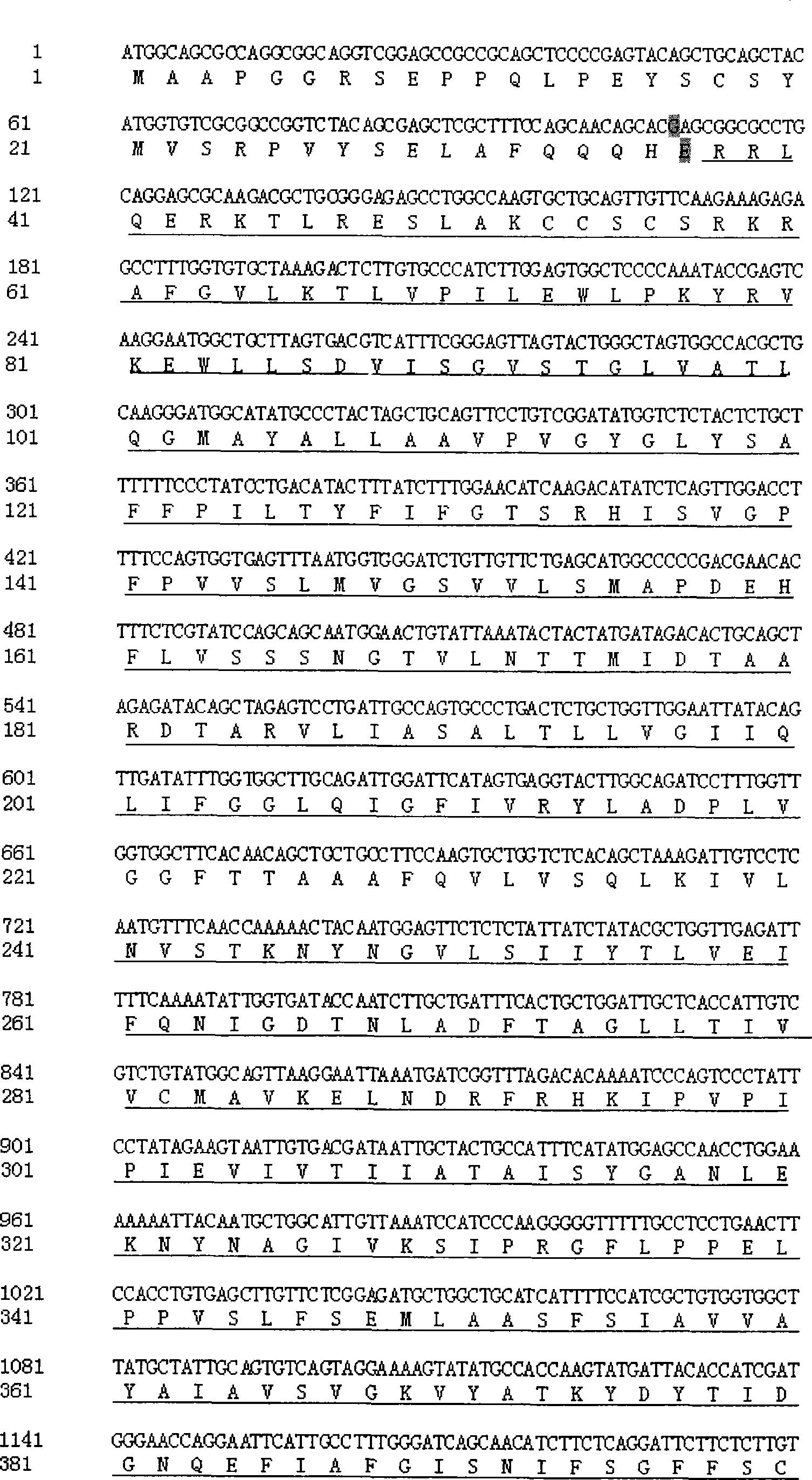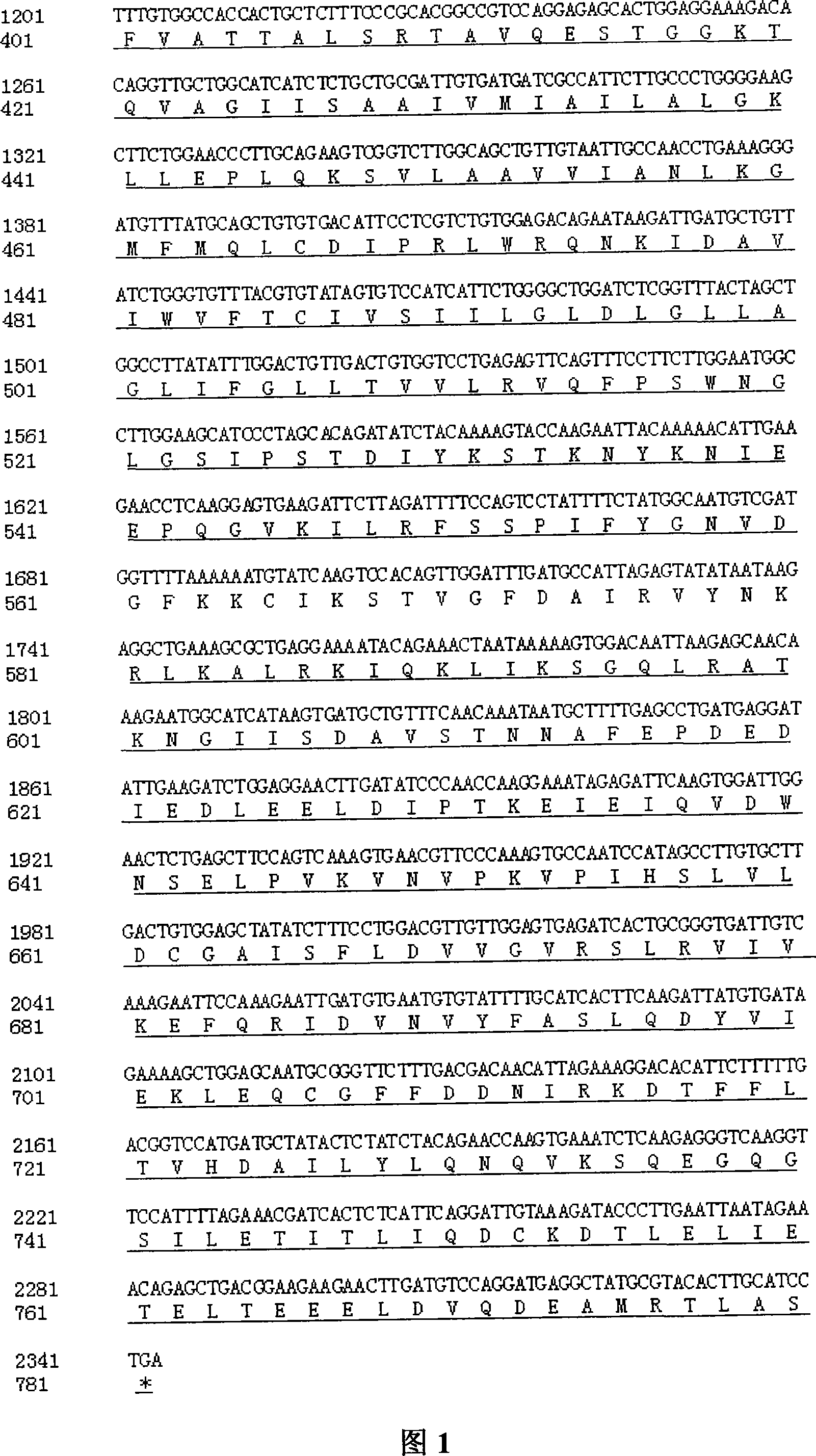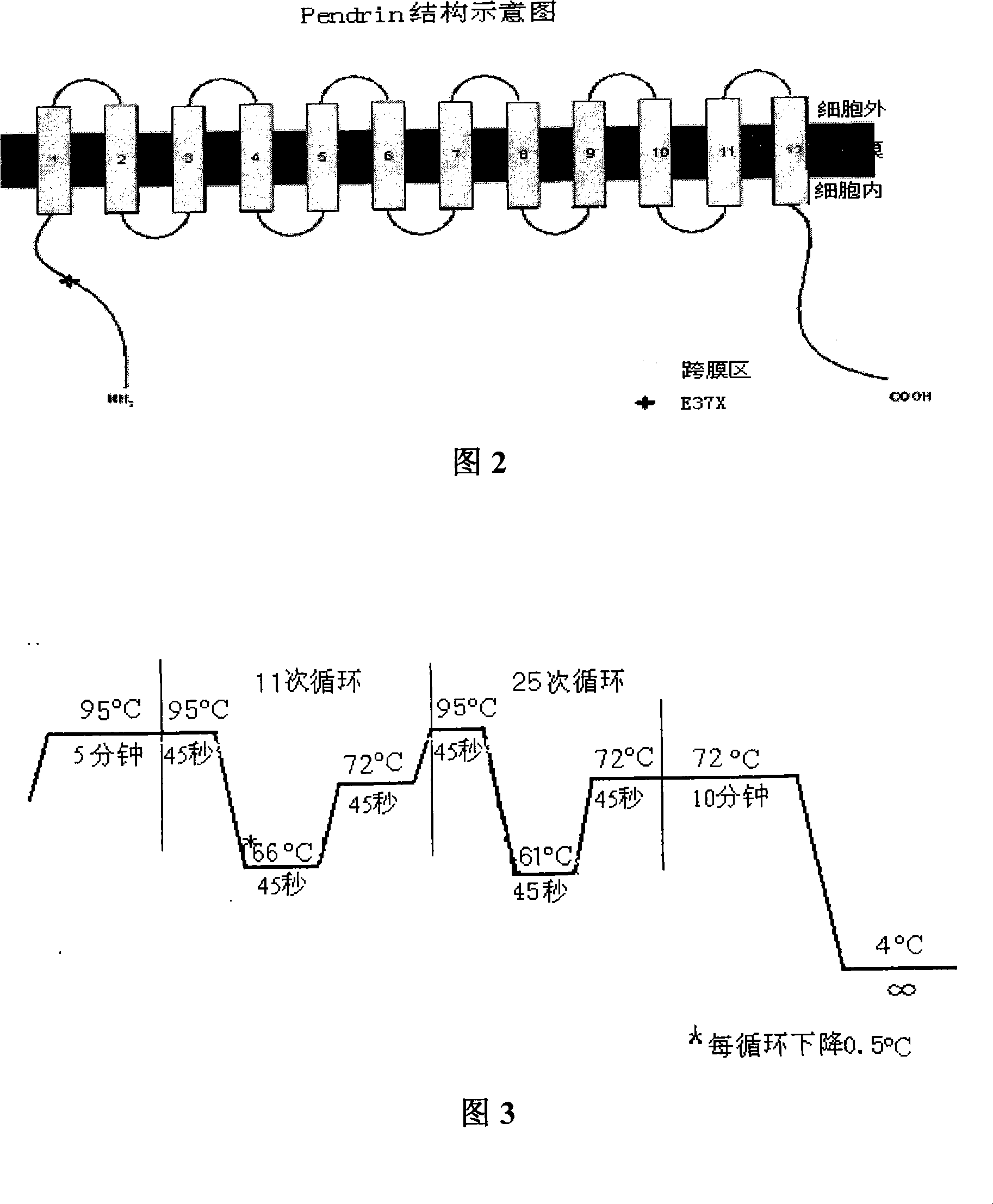Kit for detecting 227C>T mutation of vestibule water conduit enlargement interrelated gene SLC26A4
A SLC26A4, kit technology, applied in recombinant DNA technology, microbial determination/inspection, DNA/RNA fragments, etc., can solve problems such as changes in membrane labyrinth structure
- Summary
- Abstract
- Description
- Claims
- Application Information
AI Technical Summary
Problems solved by technology
Method used
Image
Examples
Embodiment 1
[0066] [Example 1] Detection method for 109G>T heterozygous mutation of SLC26A4 gene
[0067] 1. Preparation of blood sample DNA of the subject to be tested
[0068] 1. Research objects: 89 patients with enlarged vestibular aqueduct collected from the deaf outpatient clinic, and 80 normal controls. All participants were investigated in detail about their medical history and family history, and a physical examination was performed on them. The otological examination included otoscopy and audiological evaluation. After signing the informed consent form, 5-10ml blood samples were collected from each person.
[0069] 2. Genomic DNA extraction: using phenol-chloroform extraction method.
[0070] first day
[0071] 1) Anticoagulant blood was diluted 1-fold with PBS.
[0072] 2) Add 2 times the volume of lymphatic separation solution (18°C-28°C) into the centrifuge tube, spread a layer of 1 times the volume of diluted blood on top, centrifuge at 1000×g at room temperature for 20 ...
Embodiment 2
[0149] [Example 2] Research on the evolution of mutation sites
[0150] Mutation analysis: sequence comparison analysis was performed using SeqmanTM software in the DNAStar5.0 (Lasergene Inc.) software package. The sequence obtained by sequencing was compared with the standard sequence retrieved by NCBI to find out the mutant sequence and the mutation site (109G>T, E37X).
[0151] Evolutionary study: The 109G>T mutation is located at the amino terminal of Pendrin, which terminates the amino acid code at position 37, and the subsequent 734 amino acids are lost. This mutation must affect the structure and function of Pendrin.
[0152] Detection of 227C>T heterozygous mutation in SLC26A4 gene
[0153]A patient with an enlarged vestibular aqueduct was used as the research object. Through the screening of the exons in the coding region of the SLC26A4 gene in 89 family members of the disease and 80 normal controls, it was found that a patient with an enlarged vestibular aqueduct...
Embodiment 3
[0154] [Example 3] Detection method for 227C>T heterozygous mutation of SLC26A4 gene
[0155] See Example 1 for basic methods and steps, wherein the PCR amplification for exon 3 of the SLC26A4 gene uses the following primers:
[0156] Upstream primers:
[0157] PDS3-F: 5'-GGCAAAAGCATGGTAAGCAC-3'(nt2497-nt2516)
[0158] Downstream primers:
[0159] PDS3-R: 5'-AGGGTAAGCAACCATCTGTCA-3'(nt2876-nt2896)
[0160] Note: SLC26A4 gene sequence retrieval number: Gene ID: 5172
[0161] The PCR reaction system is shown in FIG. 8 ; the agarose gel electrophoresis pattern of electrophoresis and quantification of the PCR products is shown in FIG. 9 ; and the sequencing map is shown in FIG. 10 .
PUM
 Login to View More
Login to View More Abstract
Description
Claims
Application Information
 Login to View More
Login to View More - R&D
- Intellectual Property
- Life Sciences
- Materials
- Tech Scout
- Unparalleled Data Quality
- Higher Quality Content
- 60% Fewer Hallucinations
Browse by: Latest US Patents, China's latest patents, Technical Efficacy Thesaurus, Application Domain, Technology Topic, Popular Technical Reports.
© 2025 PatSnap. All rights reserved.Legal|Privacy policy|Modern Slavery Act Transparency Statement|Sitemap|About US| Contact US: help@patsnap.com



